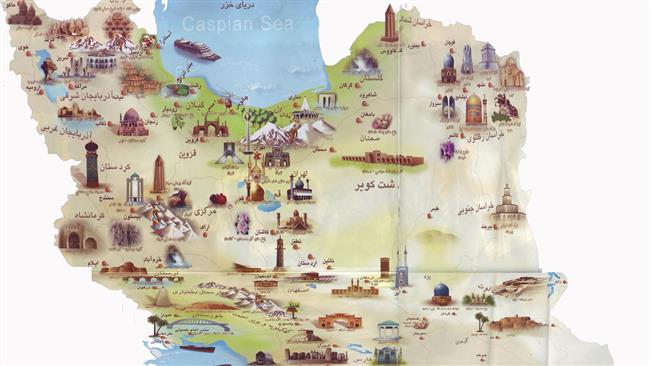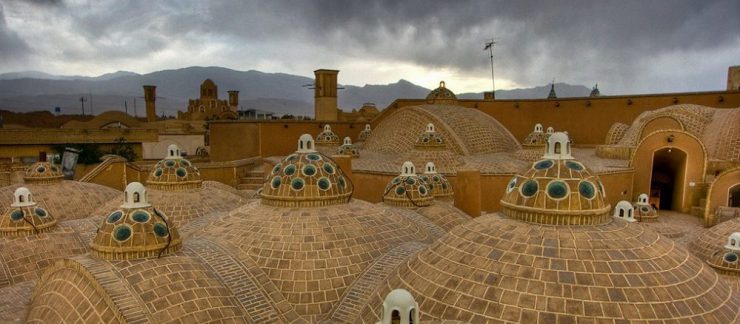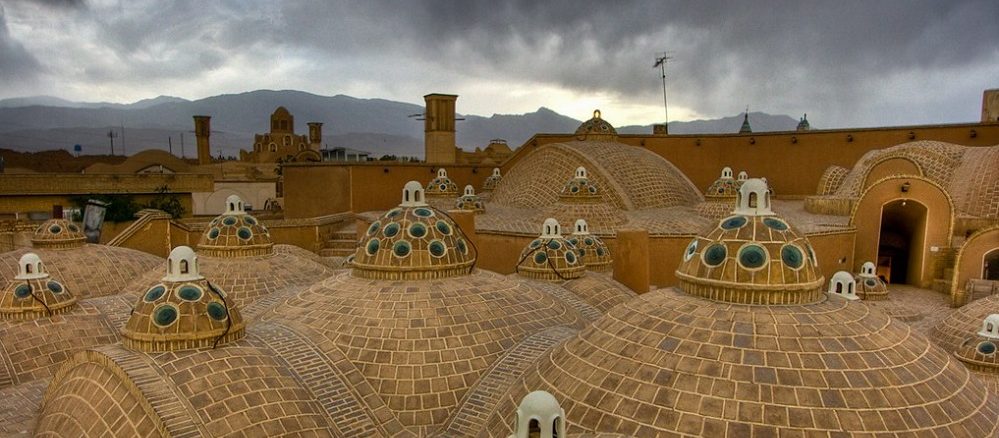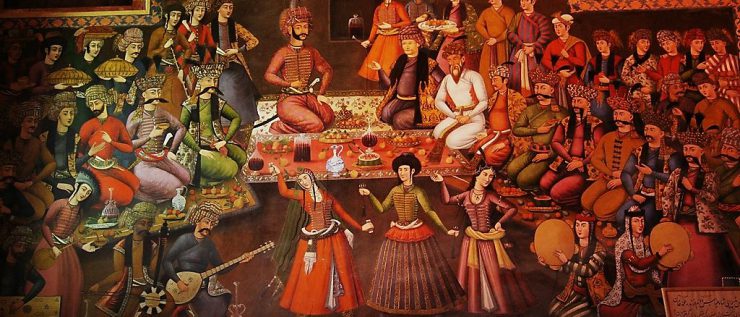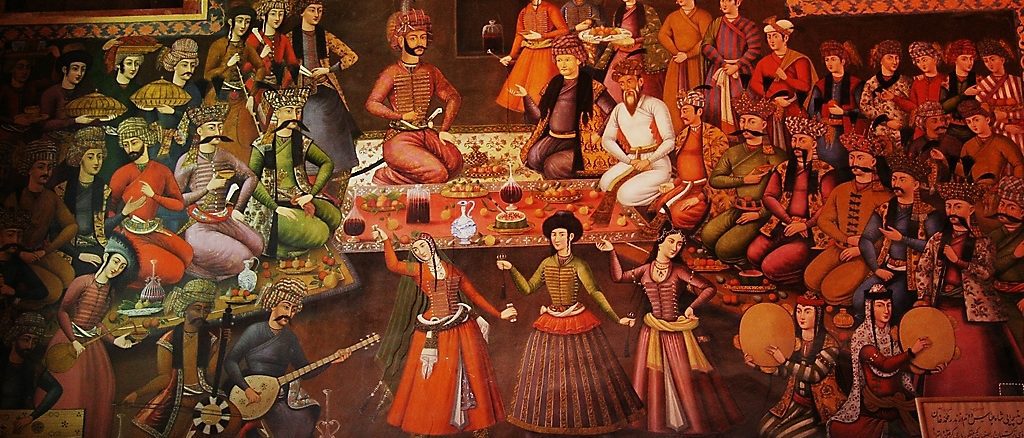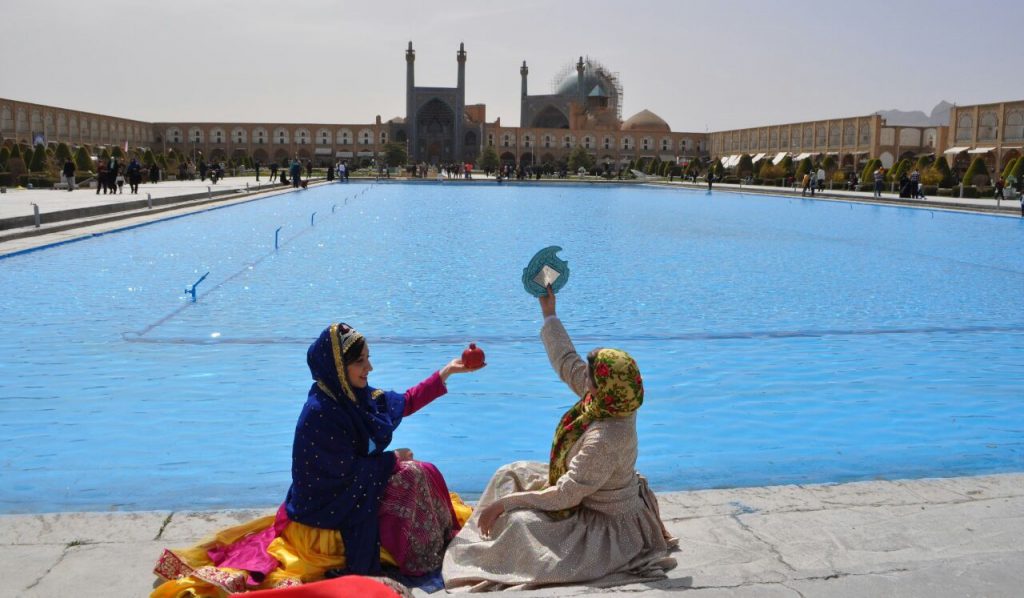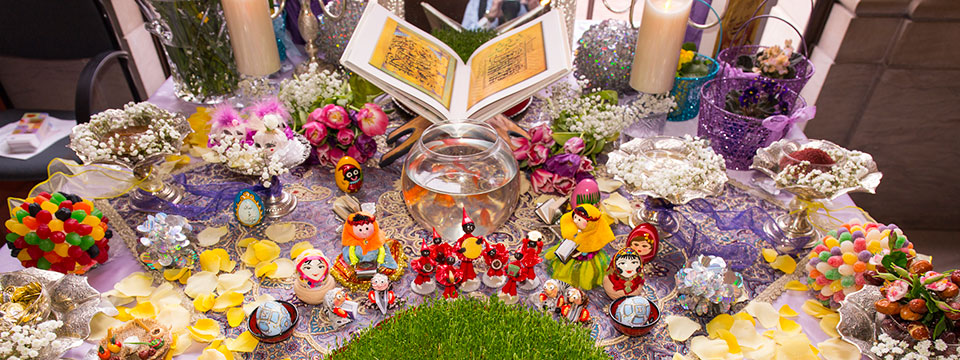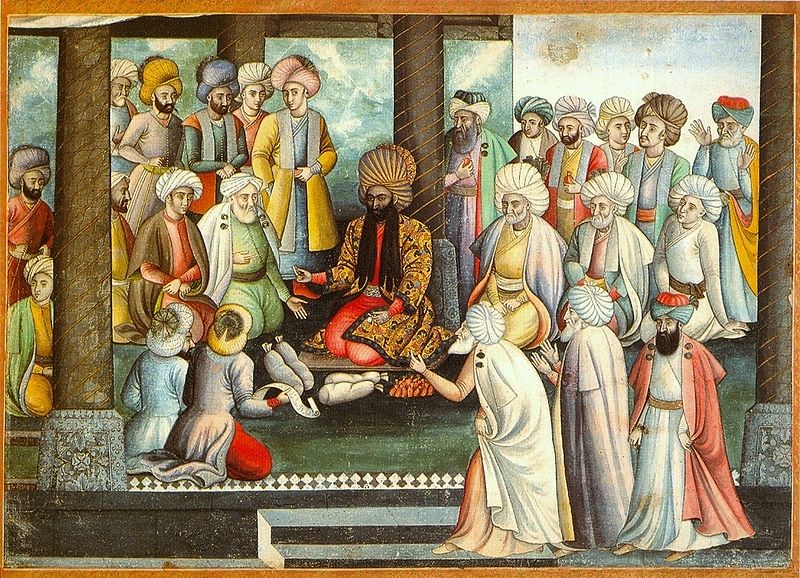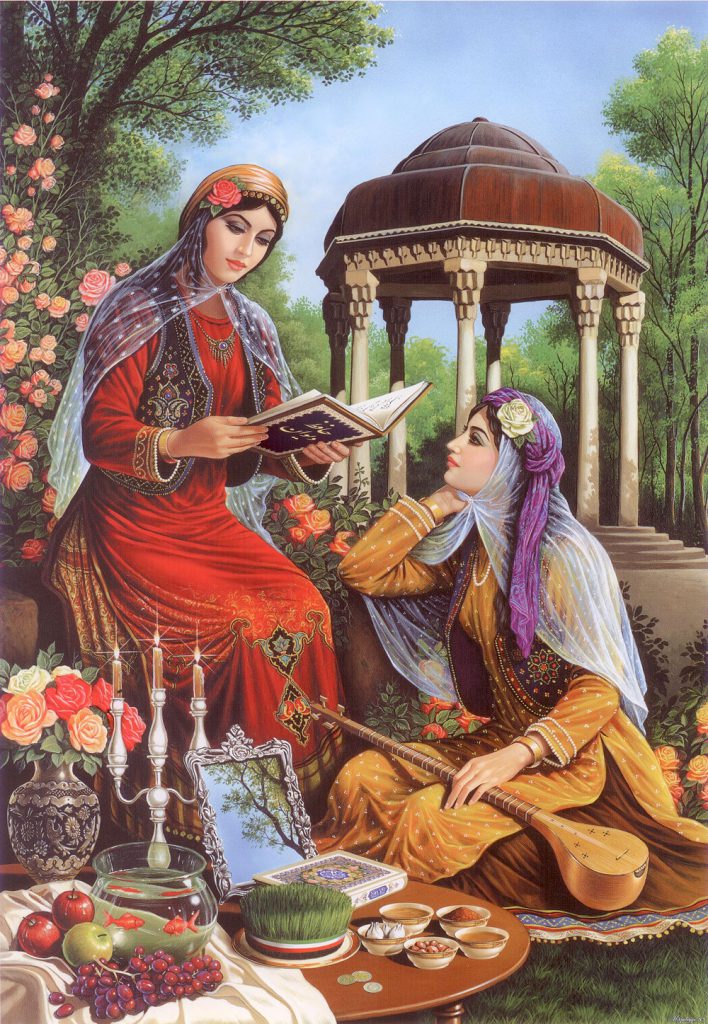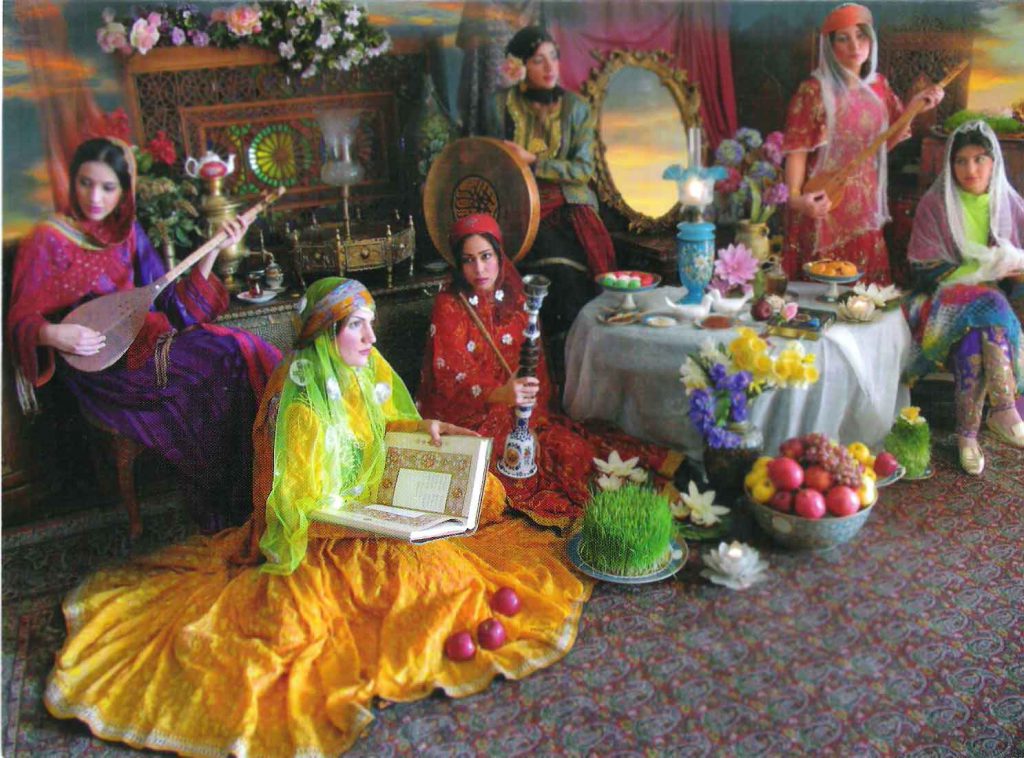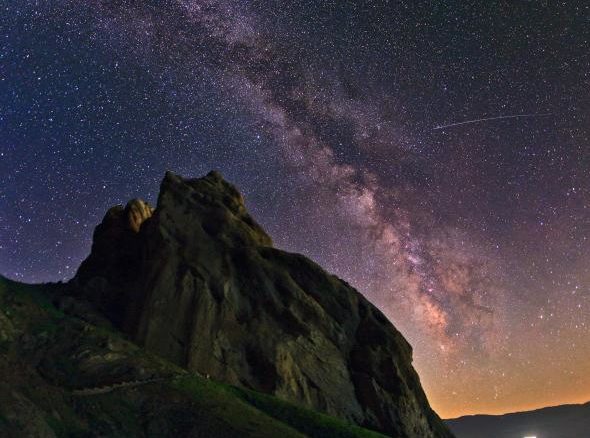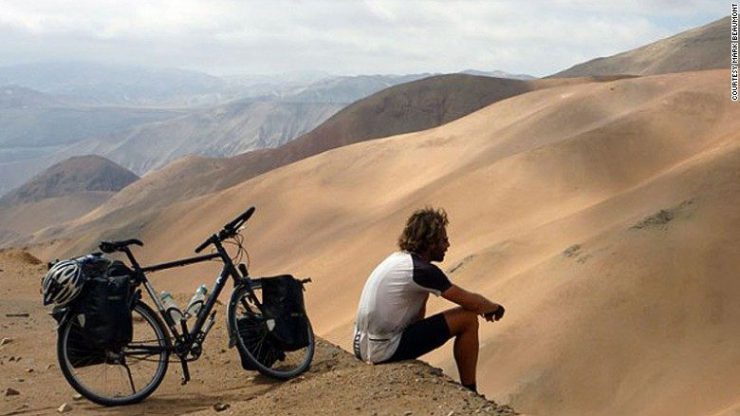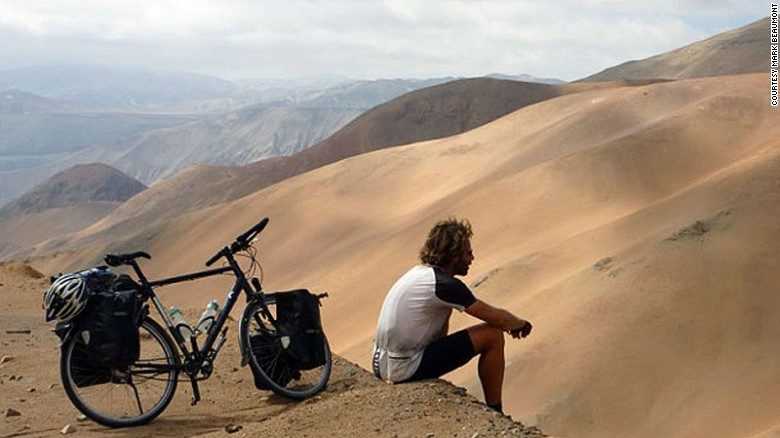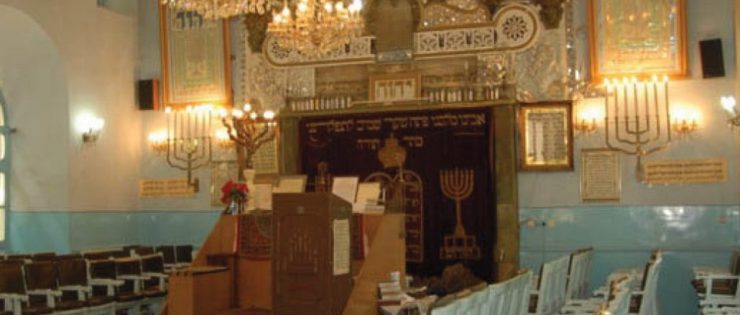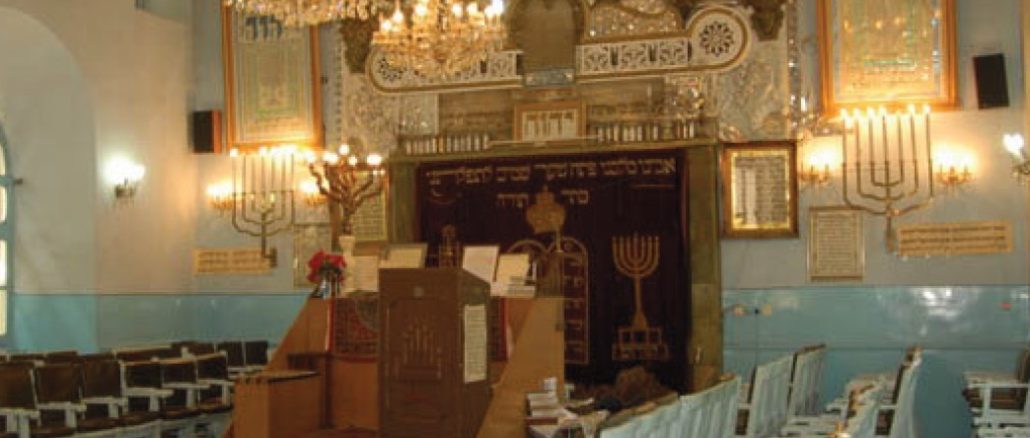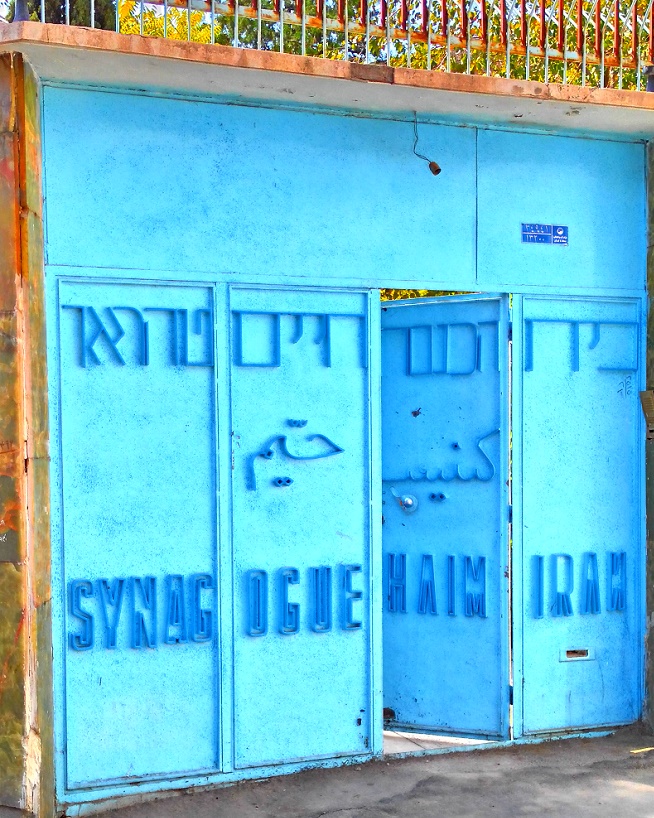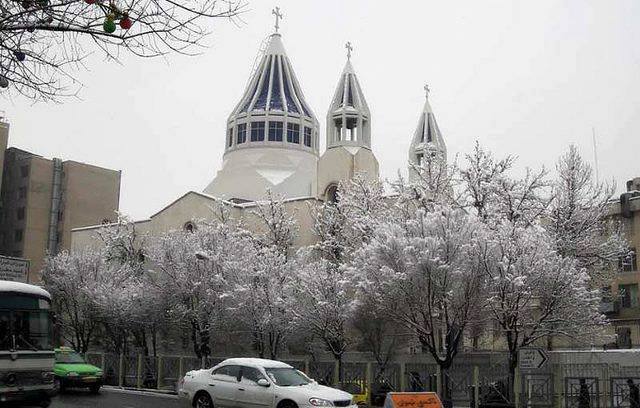Impressive archaeological sites, carefully planned museums, and ecological wonders await the curious traveler in Iran, a country that has something for everyone.
Iran successful domestic market has laid the groundwork for an increased amount of foreign visitors interested in the history, natural beauty, and business opportunities Iran has to offer.
Travelers seeking to delve deep into history and the origins of civilization need look no further than Iran, where a mosaic of cultures and natural landscapes transcends the perception of the country in the international arena.
Iran’s Cultural Heritage, Handicrafts, and Tourism Organization (ICHTO) is the related authority in Iran.
With the goal of capitalizing on the already productive domestic market, ICHTO has identified 1,200 Tourism special Zone that investors can take advantage of it .With the support of OIETAI, ICHTO aims to attract a much larger FDI figure to the tourism industry in 2013.
Iran’s Potentials in Tourism
- 15 UNESCO World Heritage sites
- 10th Country on Tourism Attractions and 5th on Ecotourism
- One of the rich countries of the cultural places, ecotourism sites and historical monuments which called the cradle of civilization in other way the history of theCountry goes back to 7000 written history
- An array of museums
- Amyriad of ecotourism opportunities
- Numerous religious sites
- Affordable healthcare services
- Extensive bus network and air and rail infrastructure in the country
Historical Tourism
Until now, UNESCO has designated 15 of Iran’s various historical and natural sites as part of world heritage; includes:
especially for those interested in religious history it is estimated that there are more than 28 messengers of God have tombs throughout Iran.
Some of top sites are as below:
• Persepolis, the complex of Xerox palaces having the detail of 2,500 year-Old Persian reliefs.
• The ancient Mesopotamian ziggurat and complex of Chogha Zanbil is an intriguing remnant from the Elamite Empire more than 3,500 years ago which stand as a testament to the feats of ancient engineering.
• Soltaniyeh Dome, recognized as a UNESCO World Heritage site in 2005, is an architectural masterpiece that was built in 1302 AD. As the oldest double-shell dome in the country, the structure paved the way for construction of holy buildings throughout the Muslim world and has captivated the attention of both pilgrimsand historians for centuries.
The Iranian government has established a number of museums to showcase artifacts and present the stories of civilization to an international audience
• The Treasury of the National Jewels in Tehran, the National Museum, Golestan Palace in Tehran, and the Sheikh Safi Museum in Ardabil are just a handful of venues that feature the collage of Iran’s historical and traditional past.
• In addition, Tehran’s Contemporary Art Museum showcases over 7,000 texts in both Persian and English as part of a specialized library.
• Iran’s natural beauty and conservation efforts are nothing short of impressive. Stunning waterfalls, deserts, forests, lagoons, caves, swamps, and lakes represent a diverse array of climatic zones and landforms, comparable only to the continental US.
In total, the country boasts 28 natural parks,43 protected wildlife zones, and 166 protected areas, committing nearly 5% of its land-an area of 8 million hectares-to ecotourism and the preservation of natural resources. Among the most popular destinations for eco-holidaymakers are Galestan National Park, Kavir National Park, Lar Protected Area, Bakhtegan Lake, and Bamou National Park.
Sea and Coastline:
Due to the extensive bus network and air and rail infrastructure in the country, domestic tourists most often travel to visit friends and family during the summer months. Given the country’s abundant natural beauty and coastal destinations, approximately 24% of domestic tourists traveled for sightseeing or entertainment purposes in 2011. However, medical tourism and pilgrimage make up an additional 23% of travel throughout the country.
In addition to beaches 700 Km alongside the Caspian Sea are the most popular destinations for domestic tourism.
Religious Tourism
The city of Mashhad, visited by the Muslims to pay homage to the Holy Shrine of am Reza, the largest mosque in the world by area which accommodates 20 million pilgrims and tourists every year. Other notable holy sites include the
Danial-e Nabi Mausoleum, one the messengers of God in shosa,
Shrine of Hazrat-e Masumeh, the sister of and the Chak Chakoo Fire Temple, which is famous for the legendary dripping water that falls from surrounding rock formations.
Plans for Future:
As part of Vision 2025, the government aims for Iran to achieve a stronger position among global tourism destinations, setting a target of 7.5 million foreign arrivals.
Although the number of international arrivals has been steadily increasing-up from 2.2 million people in 2009 to 3.6 million from in 2011 at a growth rate of 58% domestic tourism is a key segment of the sector overall.
A large majority of Iranians frequently travel within the country on a yearly basis, and although they do not typically inject as much money into the economy as foreign tourists are known to contribute, the development of transportation and communications infrastructure is fueled by the large amount of domestic traffic.
The overall goal of the Tourism industry is to attract 2% of the world’s tourists, or 20 million people, to Iran by 2025. In 2011, the country earned approximately $6 billion from the tourism sector, and in 2013 analysts expect the tourism industry to grow by a significant 135%.
eblanagroup

